- the blog post is the beginning of a series covering mesh shaders and how they map to the RDNA hardware
- explains the classical pipeline and how the mesh shading pipeline differs
- presents which AMD hardware stages are used to implement the stages
- additional presents how amplification shaders can be used to represent dynamic workloads
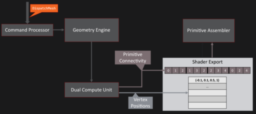
- the article provides an in-depth look at understanding shader occupancy on RDNA hardware
- shows what occupancy is, what factors could limit it, and how to observe the actual occupancy
- presents how to improve occupancy
- additionally, it presents pointers to detect cases when more occupancy might not be beneficial

- the article presents techniques to help identify the performance cost of shaders created from unreal shader graphs
- shows how to see the generated instructions
- additionally, it presents a couple of examples to optimize the generated shaders
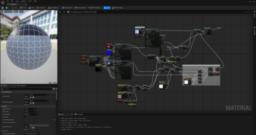
- the article presents a shader function that uses wave intrinsic to calculate interpolation of the result of lane-dependent calculations across lanes
- shows step-by-step how the shader is structured
- additionally presents how to take advantage of SPIR-V inline to further improve the generated code

- the article provides an overview of the implementation of a render graph implementation
- presents how the implementation uses versioned resources to structure the order of render passes
- shows how the execution order of the render graph is established
- additionally, it discusses how unused render passes are removed

- the blog discusses the implementation of Vulkan video decoding to get the first frame of a video
- shows the steps necessary, from loading a file to unpacking the mp4 to actually decoding a first frame
- discusses pitfalls encountered along the way
- additionally, it presents a collection of other resources used to get to the stage
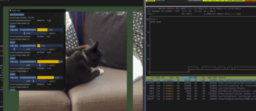
- the paper presents a retelling of the Surface Gradient Bump Mapping Framework paper from the author’s perspective
- shows what normal maps are, how they encode information, and what the difference between object and tangent space is
- discusses issues with blending normals from different sources and how the alternative representation can achieve better-blending results
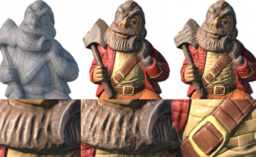
- the blog post discusses how GPU-based animation for large crowds is implemented
- presents how the animations are structured, driven on the GPU, and acceleration structures for ray-tracing are generated
- additionally presents how skeleton instancing can be used to reduce animation costs while still allowing object variations
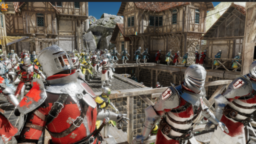
- year-end video that discusses the standout graphical games of the year
- presents demonstrations of the effects of the game-nominated
- shows the top 3 picks for best-looking games of the year and presents the reasoning for the choices
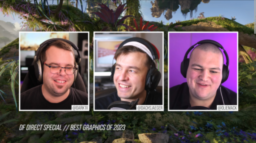
Thanks to Lesley Lai for support of this series.
Would you like to see your name here too? Become a Patreon of this series.